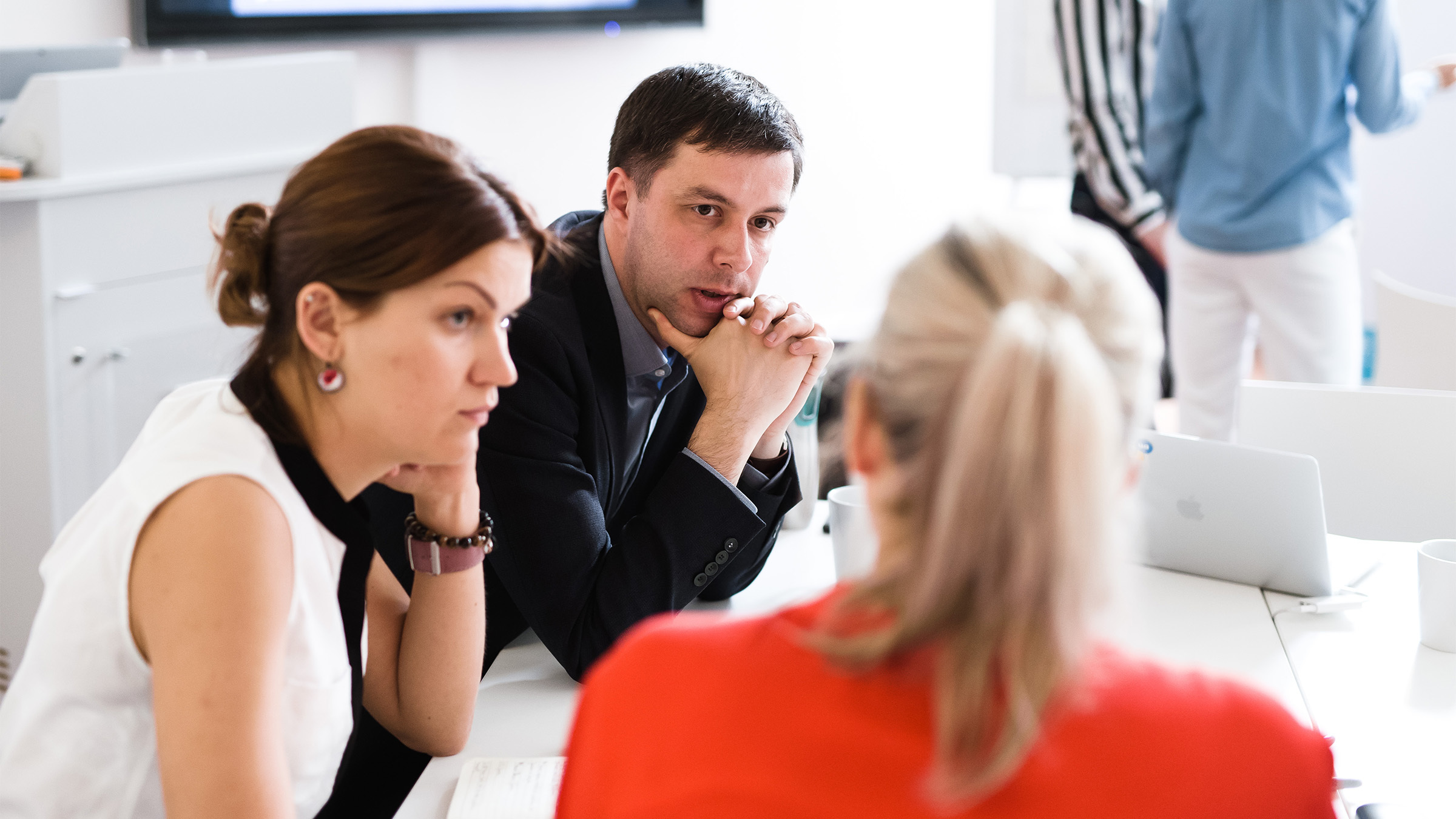Why is UCD important to develop social impact?
User Centred Design (UCD) is all about focusing on the needs of the end users, but, like many design principles, it also brings a whole host of extraneous benefits. One of these is the way in which design can also develop genuinely beneficial social impact.
To find out more about why - and how - UCD should be used to develop social impact, we interviewed Professor Andy Walters, our Director of Research and expert in the ways in which UCD can help bring positive change.
“Firstly, social impact is the effect that a business or organisation has on the world that we live in,” Andy begins. “Often that is in addition to what the core business is, rather than the sole function of the business.”
“When we think of social impact, we tend to jump straight to corporate social responsibility, and it can be treated by the public with a little bit of scepticism. We see larger companies align themselves with charities or initiatives, and sometimes people think of this as companies simply trying to score ‘brownie points’.”
Perhaps many of us do have an in-built cynicism filter. “In an AHRC-funded project we did with Brunel University, we looked at the social impact of design - and we found that consumers responded much more positively to social impact that’s designed in, rather than additional ‘social responsibility’ activities added on later.
“This showed there’s still a perception within customers that the purpose of these activities is not for the betterment of society but just for the company to ‘look good’.”
But, Andy insists, this isn’t necessarily fair. “A lot of companies genuinely care about the impact that they have, and choose ways to make social impact that align with their values.
“Ultimately though, social impact can be a lot more than just corporate social responsibility. It’s in the way a business supports a local community, the choices they make in selecting suppliers, the materials they use and the business models they implement - so it’s any decision that an organisation makes to try and improve the world around us whilst they run a sustainable business.”
Social impact can be a lot more than just corporate social responsibility. It’s in the way a business supports a local community, the choices they make in selecting suppliers, the materials they use and the business models they implement.
Andrew Walters | Director of Research | PDR
Large companies may have the resources to spend a lot of time thinking about their social impact; but how might social impact be relevant to smaller organisations?
“When we look at smaller companies, they’re always more resource-constrained and so have less time to consider of their social impact. Running, developing and maintaining your business is the top priority, so considering social impact slips down the priority list.
“But increasingly, there are more and more instances where companies are being asked to explain what their social impact is. That might be because they’re bidding for a public sector contract, or seeking funding from Innovate UK or Welsh Government; so if they’ve not spent time thinking of their social impact, these processes become a struggle.”
It’s essential to look around at your competitors and peers, who will be ‘on top of’ their own social impact and the ways in which they’re improving the world around them, Andy states. “If companies don’t properly understand what their social impact is and what it could be, it does put them at a disadvantage for gaining support or some contracts.”

So that’s why social impact is critical, but how can user centred design help to develop it?
“Design is an efficient way to start looking at your social impact because you can build it into your business process, and look at it on a project-by-project nature. UCD is all about understanding the needs and values of the people you’re designing for, so looking at it through this lens allows the company to align the social impacts their customers want to the products and services they supply. Suddenly, addressing the social impact becomes part of the investment within design, and the company’s outputs become instantly more valuable to the consumer.”
Through this, social impact - as a construct - becomes automatically packaged within the company’s offering, and becomes a lot more apparent to audiences; be that future customers or government officials deciding on bids and tenders.
Design is an efficient way to start looking at your social impact because you can build it into your business process, and look at it on a project-by-project nature.
Andrew Walters | Director of Research | PDR
At PDR, we’ve worked extensively with organisations to integrate UCD into the fabric of their company - and a lot of it has social impact already built in. “Our work designing policies and services surrounding obesity with Essex County Council was a good example of this. Outside of research work, you can find it in our private sector work too; our project with Principality Building Society centred around encouraging children to save and adopt good financial management.
“Even down to the physical products we’ve designed,” Andy continues, “you can see the social impact designed in. Take Brace, for example. This piece of medical kit was partially borne out of R&D Surgical’s desire to reduce stigma and embarrassment for young teenagers suffering from Pectus carinatum, and make life easier for them.”
Ultimately, a company’s passion to improve the world can be realised through using design. “Design gives organisations a way to demonstrate social impact. Yes, they may be businesses,” Andy says, “but they still have a passion to improve the world, and that’s what’s important to nurture and develop.”
Next steps
Explore more about UCD in our recent video, What is UCD? with Cat Taylor.
Discover the latest PDR projects, or to discuss a new idea, contact us.

